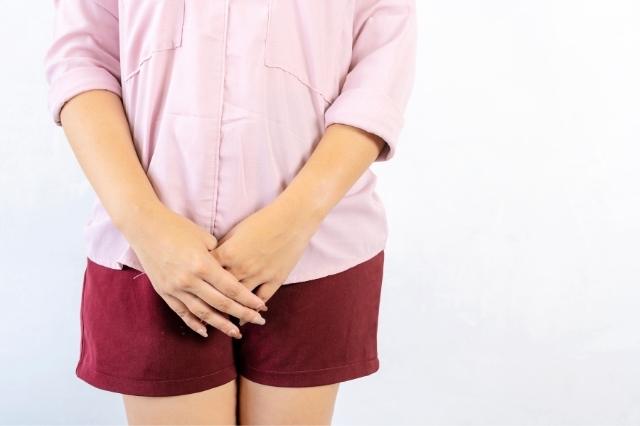What is Urinary Incontinence?
If you clicked on this post you are likely already familiar with the basics of urinary incontinence, maybe you or a loved one is actively looking for solutions to address incontinence. Folks struggling with a loss of bladder control may experience tiny dribbles or complete emptying of their bladder, usually, this is an indicator of underlying medical issues.
You’re not alone, over 25 million people in the United States and 200 million people worldwide grapple with involuntarily losing urine. Urinary incontinence can develop due to several factors and there are two different exact diagnoses, but incontinence is not something you have to just live with.
Surgical solutions to address uterine prolapse and pelvic reconstruction are expensive, nerve-wracking, and inaccessible to everyone. Luckily, there is a modern medical alternative. Let’s dive deeper into what may be causing the leakage in your life and how you may address it.
Stress Urinary Incontinence
Stress urinary incontinence refers to when a physical strain, something as tiny as a sneeze or as big as lifting weights, puts enough stress on your bladder to cause urine loss. This particular type of incontinence is generally caused by a weakened pelvic floor.
The pelvic floor can weaken due to pregnancy, giving birth, carrying excess body weight, or smoking. Stress urinary incontinence also occurs during menopause due to the drop in estrogen levels; similarly, individuals experiencing low testosterone may find that stress urinary incontinence is a co-morbidity.
Urge Urinary Incontinence
Urge-based incontinence, also known as an overactive bladder (OAB), involves an intense and uncontrollable urge to urinate that may cause leakage before you’re able to get to the bathroom. Normally during urination, you signal your bladder to contract and push the urine through the urethra. However, in the case of urge incontinence your bladder contracts on its own accord.
Bladder surgery may be required to address this form of incontinence because it could be the result of an ongoing infection, nerve damage, or a blockage in the bladder.
Menopause’s Impact on Bladder Function
As you enter the menopausal phase, your ovaries stop producing estrogen, a crucial hormone that contributes to the control of the menstrual cycle and supports fertility since puberty. When estrogen levels are low, it might cause a relaxation of your body, affecting abdominal muscles and diminishing the effectiveness of pelvic floor muscles. In some instances, this may result in a slight shift in the position of the bladder.
Typical symptoms of this life transition include hot flashes, nocturnal sweats, and mood swings. However, some women may also experience challenges with bladder control due to various changes, such as a decline in vaginal tissue elasticity, narrowing of the urethral lining, and weakening of the muscle group that provides support to the bladder and urethra.
The Modern Solution
Undergoing surgery to address incontinence feels overwhelming, and it’s hard to find immediate relief with everyday pelvic floor exercises. If you’re looking for a reprieve from urinary incontinence, but aren’t ready to consider surgery, Emsella is an option for you. Emsella is a squat, chair-shaped device that allows the user to sit and receive electromagnetic energy pulses that contract the pelvic muscles and strengthen the pelvic floor.
Through a system of seven thirty-minute sessions, Emsella increases bladder control, reduces vaginal laxity, and even increases rectal tone to address rectal incontinence. If you aren’t struggling with severe incontinence yet, Emsella offers a preventative measure to support your body as it ages.
When using Emsella, the electromagnetic energy creates only a slight sensation, and users can remain fully clothed; therefore, this natural solution is non-invasive. You can even use it while reading a book or listening to a podcast. Integrate Emsella into your self-care routine today.
Pelvic Floor Physical Therapy
Pelvic floor physical therapy employs various techniques, such as targeted exercises, massage, stretching, and electrical stimulation therapies, to strengthen and rehabilitate the muscles and tissues of the pelvic floor.
The treatment typically combines exercises and manual techniques. Exercises focus on strengthening pelvic floor muscles, while manual techniques aim to release tension or spasms. This comprehensive approach enhances bladder and bowel control, improves sexual function, and provides relief from pain. Your therapist tailors a personalized treatment plan to meet your needs and goals.







